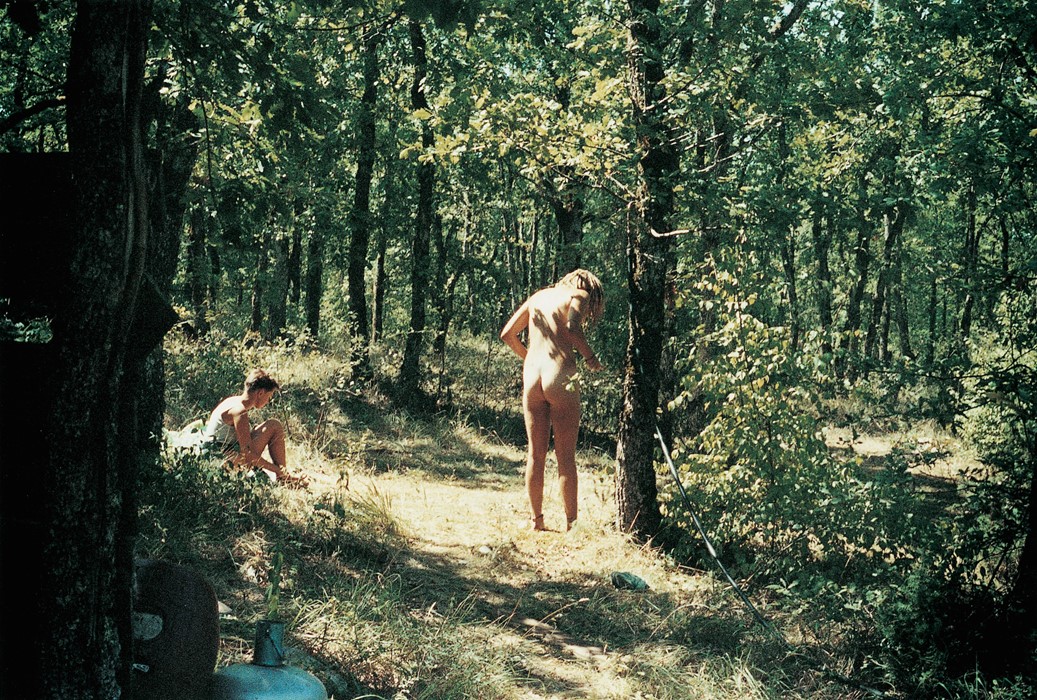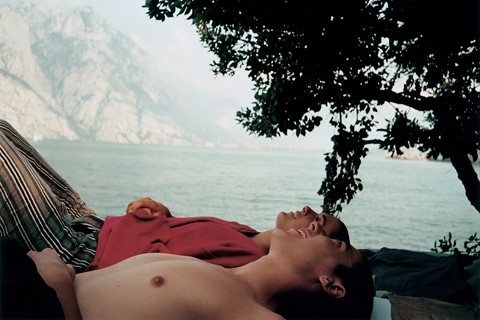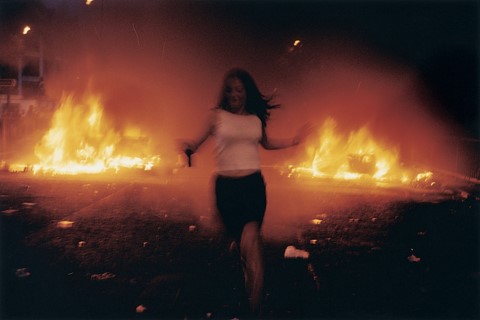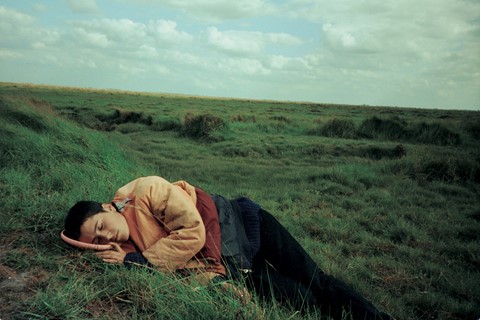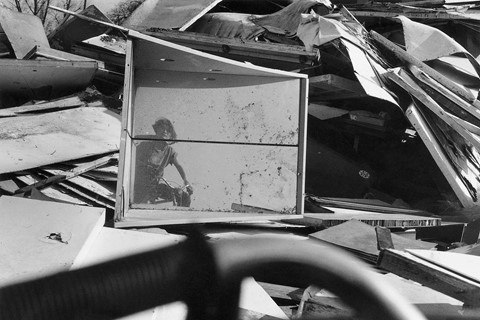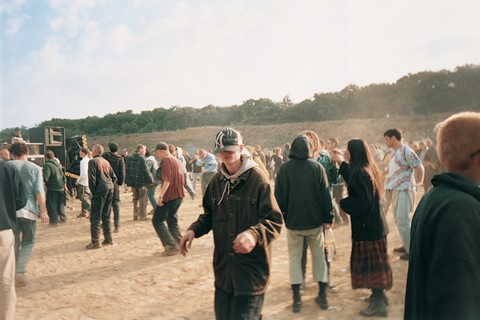Two decades since its original publication, Vinca Petersen is re-releasing her acclaimed book No System. Here, Petersen tells the story of her freewheeling diary-slash-photo book
Vinca Petersen’s first photo book, No System, was published in 1999 – though it was never supposed to be a book. “It was literally a family photo album,” Petersen explains over the phone from her home in Ramsgate. The photographs, letters, diary entries and notes that eventually became No System were souvenirs from the decade Petersen spent living on the road as she followed various sound systems around Europe, putting on free parties and living nomadically. In the 20 years since its publication, No System has taken on a life of its own. With demand for the book still high – “I get these endless emails from people asking for it” – and a long-held desire to make it easily available once again, Petersen is self-publishing a second edition of No System this summer. “It felt like it was almost not mine, it was sort of beyond me,” she says.
It was Petersen’s friend, mentor and fellow photographer Corinne Day who suggested she show the album to Michael Mack and think about publishing it in the late 90s (which she did eventually, with Steidl). By the time Petersen had come to Day with the photo album, it was simply because she had become known “as someone that had all these photos from parties over the years”, and various demands for copies were creeping up; the idea was to make ten copies of a photo album, for each of the sound systems she travelled around Europe with. When Day brought up publishing, Petersen was not convinced. “I was like, no way, there’s not a chance. I mean, it was like getting your family photo album and selling it, and I thought that everyone would hate me.” Armed with the promise of a free copy of the eventual book for everyone who featured in it, Petersen saw the only way of justifying the project was to get their permission. “I went back on the road in my truck for a year and literally drove around trying to find everyone that was in it. They all virtually had the same reaction: ‘No, no, no, you can’t do that ... Well if I have a copy, it’s fine,’” she laughs.
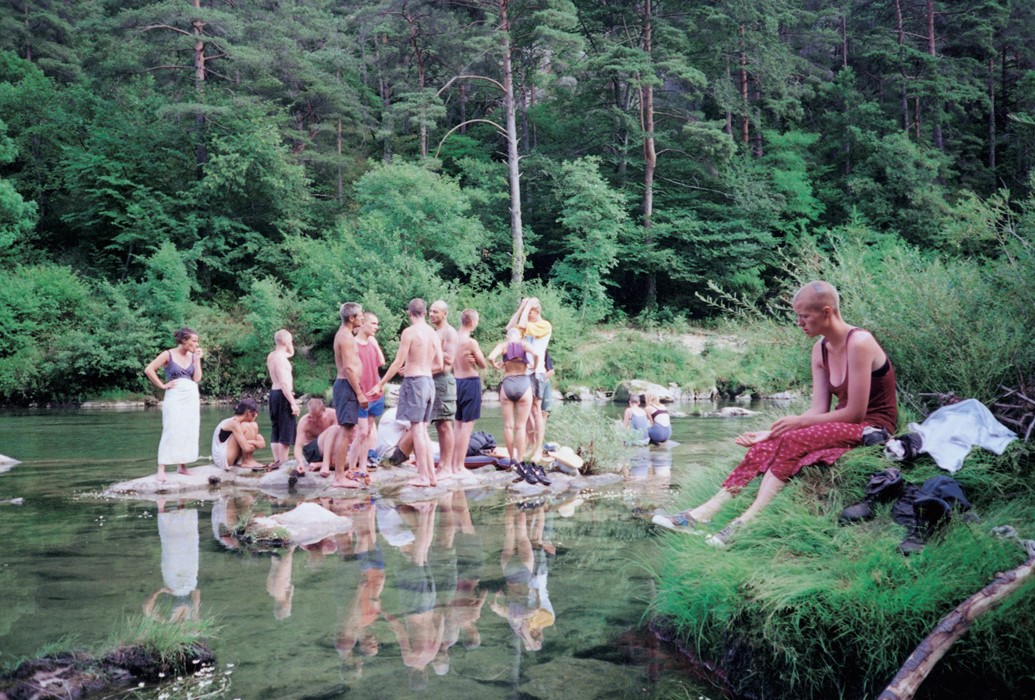
Petersen had been taking pictures for much of her life – she remembers and still has her first photographs, taken at about the age of seven – and by the time she was in her twenties, it was second nature. “It’s an innate desire,” she says of the act of photographing. She describes never wanting to “interrupt” a situation, and with her small film camera her aim was simply to capture what was going on. “I think I had a sense – although we were very much living in the moment – that what I was living through was extraordinary. So much happened in one day and I was aware of the fact that I didn’t remember everything,” Petersen says. “In some ways our younger selves seem like strangers. Who was that person? What were they thinking? I get lost in the memories. It was definitely a way of remembering and capturing these adventures and keeping them.”
And adventures they were. She has recently posted an image on Instagram, of “K running between two burning cars at a Reclaim the Streets in Tottenham” in the late 90s. The rave scene that Petersen was a part of – much-mythologised halcyon days, especially in the UK since the Criminal Justice Act of 1994 – is glimpsed not only through her photographs in No System, but also the handwritten notes and letters, written on maps or scraps of paper and detailing their nomadic life. “Eventually the inevitable happened and we all had eviction notices plastered to our vans and the bubble was burst – we weren’t wanted. In this vast, unused field in the middle of a deserted industrial wasteland we weren’t allowed to live our blissful harmless life,” reads one page. Immersed in Petersen’s sun-drenched, languid days in idyllic landscapes and hazy outdoor parties, it’s easy to forget that their own utopia was not the norm, and not accepted.
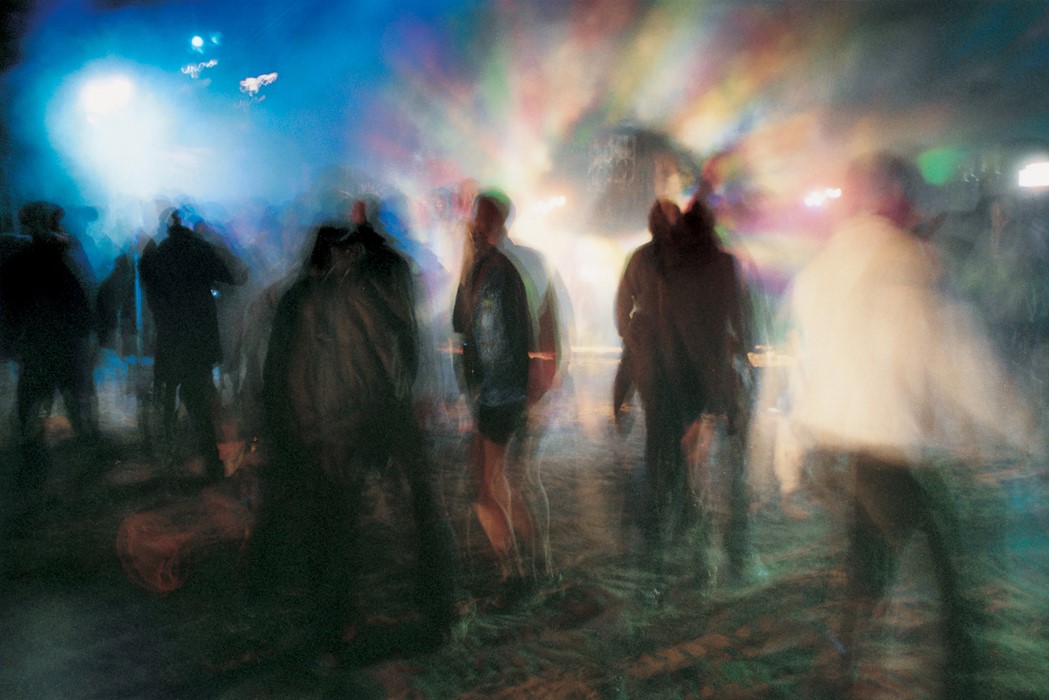
No System is incredibly democratic and far-reaching, despite its personal, subjective nature. You don’t have to have lived a similar life on the road to feel connected to and moved by the images, with their heady free-spiritedness, compelling chaos and inherent warmth. “It can be seen as a literal view of my life on the road but it also is full of abstract images, landscapes, portraits of a more dream-like quality, which transcend the literal and let the viewer imagine themselves in the world it portrays – I have always used imagery, writing and film to invite people in,” she says. “I remember, even back in 1998 when I was 25 and putting No System together, I wanted it to be a kind of brochure for an alternative way of living.” While the book documents a specific time – before smartphones or the internet – and is evidence of those unique days, its wild spirit feels timeless and ever valuable.
In the years since publishing No System, Petersen has released the books Deuce and a Quarter, photographs documenting a 1999 US road trip with three friends (Day, Rosemary Ferguson and Susie Babchick), and Future Fantasy, a dizzying collaged mass of photographs – by and of Petersen and her friends – diary entries, flyers and letters detailing years of raving, squatting and living with freedom. Last year in the Saatchi gallery’s exhibition on rave, Sweet Harmony, Petersen pulled at these various threads with her installation A Life of Subversive Joy, a 25-metre long timeline of photographs, handwritten notes (directly onto the gallery wall) and ephemera from her life. “It quickly became this almost miasma, this cloud of images,” she explains. The ‘subversive joy’ of the piece’s title has been a core tenet throughout her life. “All the work I put out in the world I do so to create positivity and joy. Not the sickly kind of joy peddled by capitalism but a more substantial, bone-deep, soul-deep joy. The kind of joy which carries me through hard times and heals troubles.”
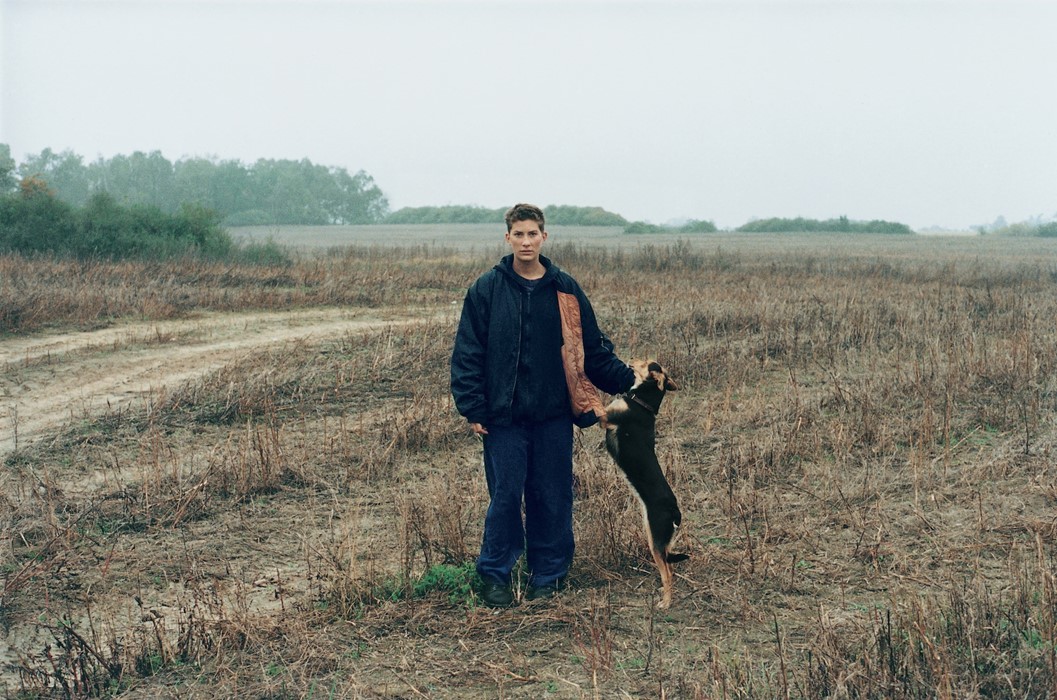
Amid the strange, unreal-feeling times we’re living in, Petersen’s is an outlook both vital and refreshing – and that is exactly the point of her work. It’s the freewheeling ways in which other people, her audience, can grasp onto these ideas and envision themselves in similar places which spurs Petersen on. From her photographs inspiring fashion shoots or conjuring fantasies for someone coming across them by chance, it’s the connection, and the imagination, which energise her. “To be able to encourage people to seek a way of living which is slightly outside the obvious, in whatever form – I think it gives them a strength to deal with life. Any sort of that resilience is very good for people. No System, I hope, is a bit of that kind of tonic.”
You can pre-order No System by Vinca Petersen now.
